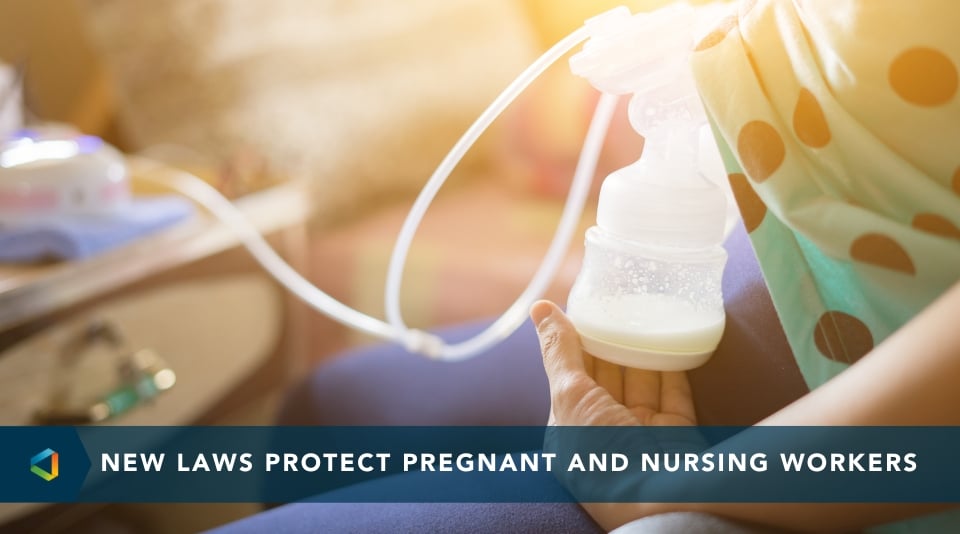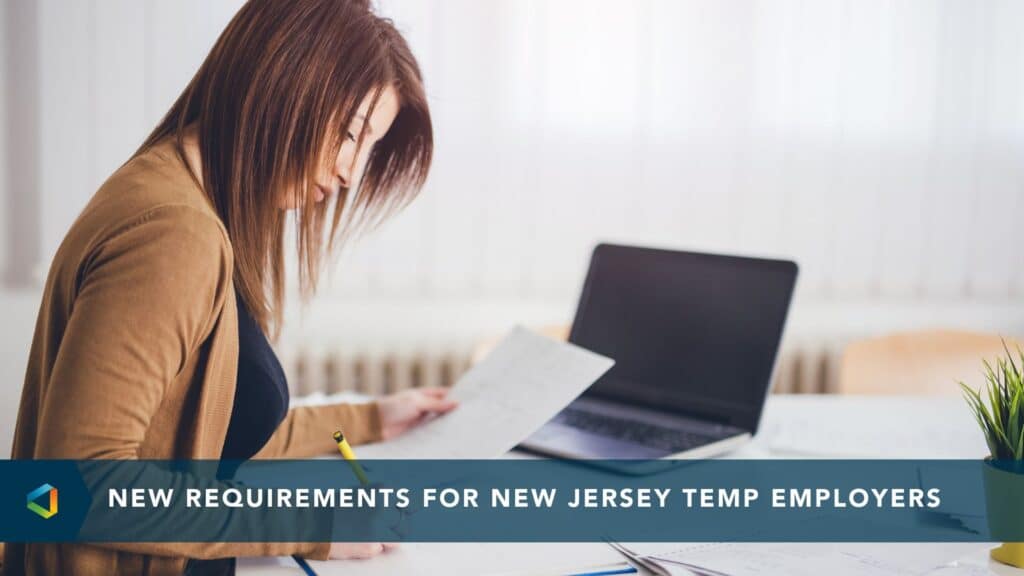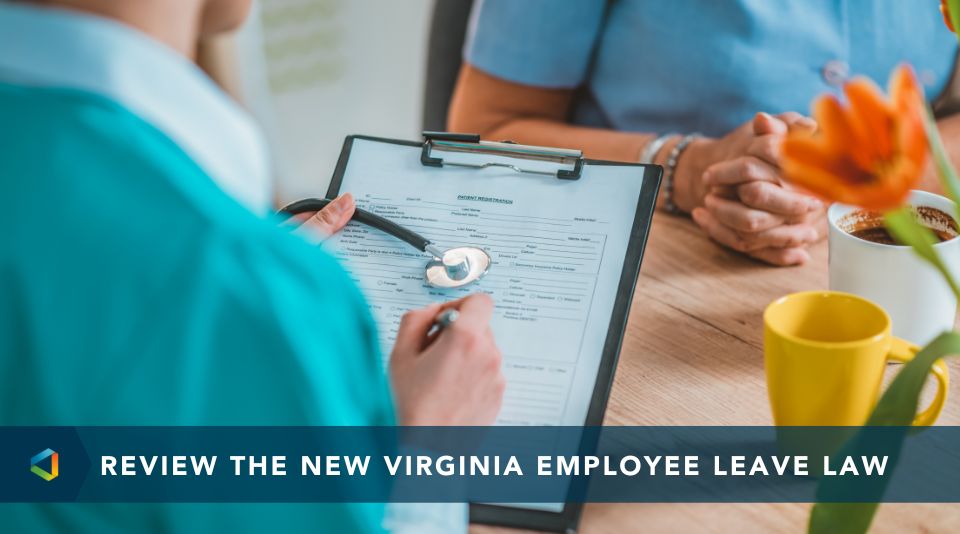Compliance Confidence
NYC Law Allows Employees to Privately Sue for ESSTA Sick Time Violations
NYC Law Allows Employees to Privately Sue for ESSTA Sick Time Violations
Follow this checklist to ensure that your organization is in compliance with the Earned Safe and Sick Time Act (ESSTA).
Applies to:
All organizations with employees in New York City
Effective:
March 20, 2024
Key Information:
Effective March 20, 2024, Proposed Int. No. 563-A creates a private right of action for damages and other relief for violations of the Earned Safe and Sick Time Act (ESSTA). Employees who allege a violation of their rights under the ESSTA can take their employer to court under a civil action for compensatory damages, injunctive and declaratory relief, attorneys’ fees and costs, and other relief the court finds appropriate. The amendment also allows the Department of Consumer and Worker Protection (DCWP) to impose penalties per instance of violation and not just per violation. The DCWP also retains the right to conduct an investigation on its own initiative.
What should New York City employers do about this development? Among other things, employers should update their leave policies and train appropriate personnel on the requirements of the law.
Remember to consult with legal counsel if you believe an employee may intend to or has already filed a ESSTA violation claim. You can use the non-exhaustive checklist below to identify areas that need attention for compliance. For general resources on leave of absence administration, download the free Lead of Absence Management toolkit.
ESSTA Checklist for New York City Employers:
- Provide employees with 40 or 56 hours of paid or unpaid safe and sick time depending on the total number of employees and the employer’s net income.
- Ensure that covered employees can use sick and safe leave for care and treatment of themselves or a family member, to seek assistance or to take other safety measures if the employee or a family member is the victim of any act or threat of domestic violence, unwanted sexual contact, stalking, or human trafficking.
- Review and update leave policies to comply with ESSTA requirements.
- Provide covered employees with a written Notice of Employee Rights and post the Notice in an area visible and accessible to employees.
- Keep copies of policies, notices, and acknowledgments as proof of notice requirements being met.
- Provide employees with information on how much safe and sick leave they have accrued, used, and have available for use regularly on pay stubs or other documentation provided to employees each pay period.
- Train appropriate personnel on the requirements of documenting and administering leave.
- Review denials of leave and terminations of individuals recently returned from leave with legal counsel.
For other news about leave laws in New York, check out this blog post: Everything You Need to Know About Paid Family Leave in New York State.




